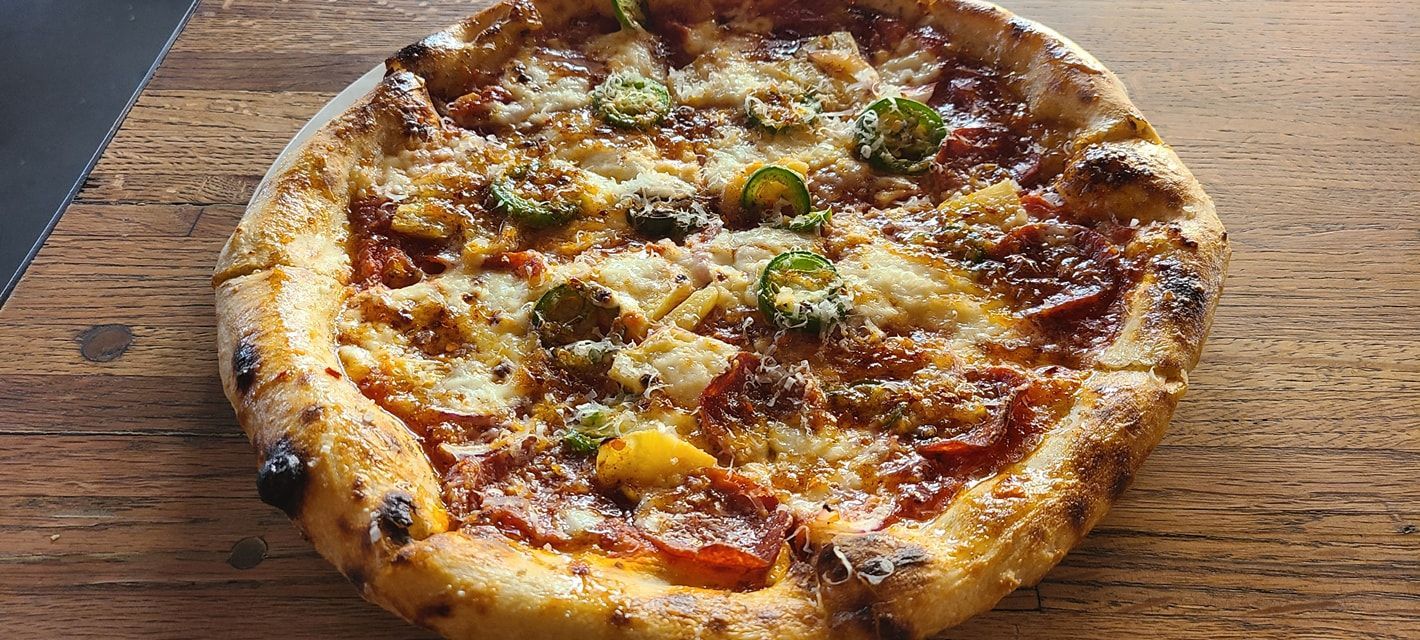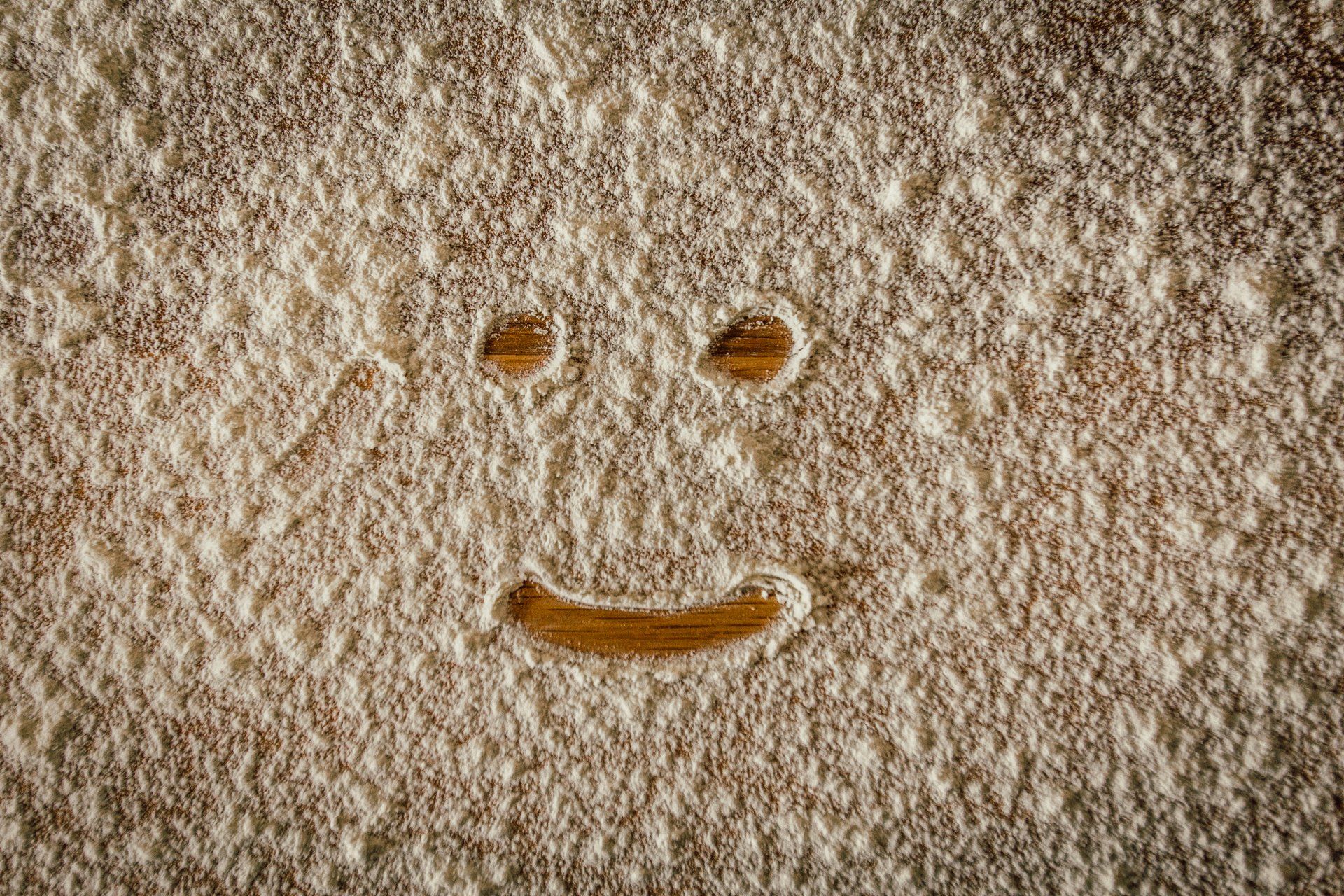Baking with baker's percentages
The best use of math since high school

Making pizza dough can seem intimidating, but by using baker's percentages, it becomes a straightforward process. In this blog, we'll explore what baker's percentages are, why they're useful, and how to use them to make a delicious pizza dough.
What are baker's percentages?
Baker's percentages are a method of expressing the ingredients in a recipe as a percentage of the total weight of the flour. For example, if a recipe calls for 500 grams of flour and 300 grams of water, the baker's percentages for the water would be 60% (300/500 x 100) and 40% for the flour. This method allows bakers to easily scale recipes up or down, maintain consistency, and adjust the hydration level of a dough to achieve a desired texture.
Why use baker's percentages for pizza dough?
Using baker's percentages is particularly helpful when making pizza dough because it allows for consistent results every time. By adjusting the percentages of ingredients, you can achieve a dough that is chewy, crispy, or somewhere in between. Additionally, using baker's percentages can help you understand the relationship between ingredients in a recipe, and how to balance them to achieve the desired texture and flavor.
How to make pizza dough using baker's percentages
To make pizza dough using baker's percentages, you'll need to know the percentages of each ingredient, as well as the total weight of flour you'll be using. Here's a recipe to get you started:
Ingredients:
- 100% flour
- 60% water
- 2.5% salt
- 2% olive oil
- 0.1% instant yeast
For this recipe, we'll use 500 grams of flour, which means the other ingredients will be calculated as follows:
- Water: 60% of 500g = 300g
- Salt: 2.5% of 500g = 15g
- Olive oil: 2% of 500g = 10g
- Instant yeast: 0.1% of 500g = 0.5g
Method:
- In a large mixing bowl, combine the flour, salt, and instant yeast. Mix well.
- Add the water and olive oil to the bowl and mix until a rough dough forms.
- Turn the dough out onto a clean, floured surface and knead for 10-15 minutes, or until the dough is smooth and elastic.
- Place the dough back into the mixing bowl, cover with a damp cloth, and let it rise in a warm, draft-free place for 1-2 hours, or until it has doubled in size.
- Once the dough has risen, turn it out onto a floured surface and divide it into two or more portions, depending on how many pizzas you want to make.
- Shape each portion of dough into a ball and let it rest for 10-15 minutes before rolling it out into a pizza crust.
- Top your pizza with your favorite ingredients and bake in a preheated oven at 450°F (230°C) for 10-15 minutes, or until the crust is golden brown.
Now that you know how to make pizza dough using baker's percentages, here are a few tips to help you make the perfect pizza every time:
- Use a high-gluten flour: High-gluten flour has more protein than all-purpose flour, which gives the dough more elasticity and helps it hold its shape better.
- Use cold water: Cold water slows down the fermentation process, which helps the dough develop more flavor and a better texture.
- Use a pizza stone or steel: A pizza stone or steel helps distribute heat evenly, which results in a crispy crust.
- Let the dough ferment slowly: Slow fermentation allows the dough to develop more flavor and a better texture. You can achieve this by letting the dough rise in the refrigerator overnight or for up to 72 hours.
- Don't overwork the dough: Overworking the dough can cause it to become tough and chewy. Knead it until it's smooth and elastic, but don't keep kneading it past that point.
- Don't add too many toppings: Overloading your pizza with too many toppings can make it soggy and hard to handle. Stick to a few high-quality ingredients, and spread them out evenly on the crust.
Making pizza dough, or any dough, using baker's percentages is the best, most reliable way to achieve consistent results every time. By balancing the percentages of ingredients, you can achieve a dough that is chewy, crispy, or somewhere in between. Remember to use high-gluten flour, cold water, and a pizza stone or steel for the best results. And don't forget to let the dough ferment slowly for maximum flavor and texture. With these tips and techniques, you'll be making delicious pizza in no time.


